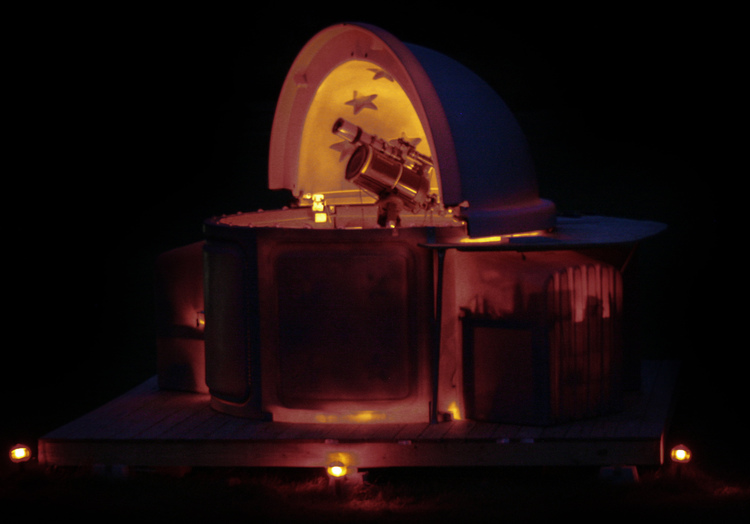Current Work
This page is a rolling content page of the current Astrophotogrphy by Steve Yerby.
NCG6992 - Eastern Veil - This is the eastern portion of the super nova remnant, the Cygnus Loop. Is it roughly 1500ly from earth. The super nova exploded around 3000-6000 years ago and is visible in the three parts; the Eastern Veil, Western Veil and Pickering's Triangle. This is around 2hrs of exposure time in the three wavelengths, Red, Green and Blue.
This galaxy is pretty small (30million light yrs away) for a backyard astrophotographer but it's a fun target. If you want to see a mind blowing image of this one, google: hubble IR sombrero. My image is under 2hours of exposure. L=40min R=22 G=22 B=22.
Copernicus Crater
The gash down the center of the range is called the Alpine Valley and is about 6 miles at it's widest point. The crater to the left that is almost blacked out is Plato.
Shadows on the Moon - Mighty Apennine Mountain Range. These moon mountains rise 3-5km above the surface of the moon and were a backdrop of many Apollo 15 moons shots.
This is the Super Moon imaged on 8.10.14. This night the moon is at perigee, meaning at it's closest point to earth, and it happens to be full at the exact same time! This full moon will be 30 percent brighter and 14 percent larger than the smallest full moon of the year, according to Space.com.



